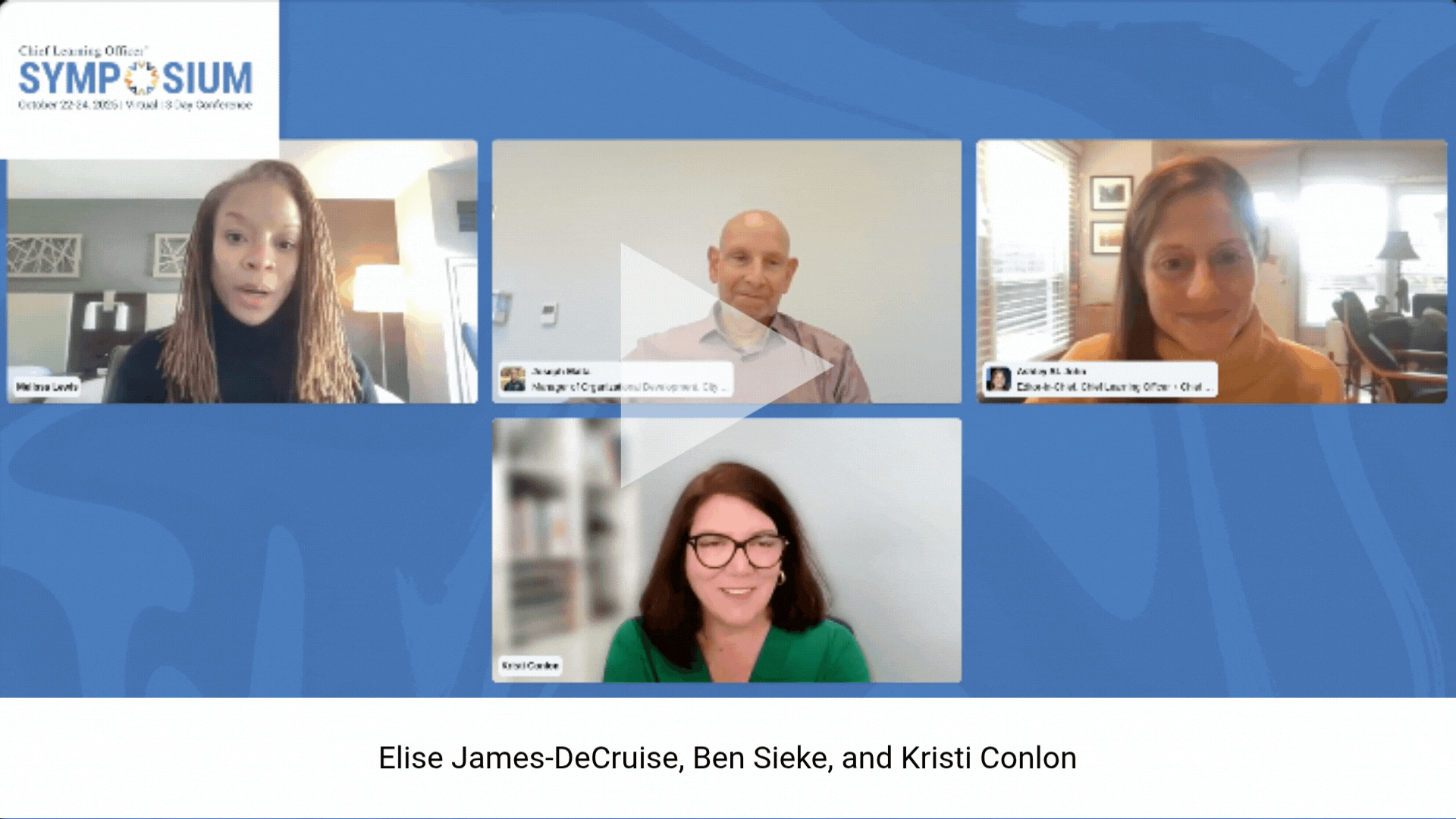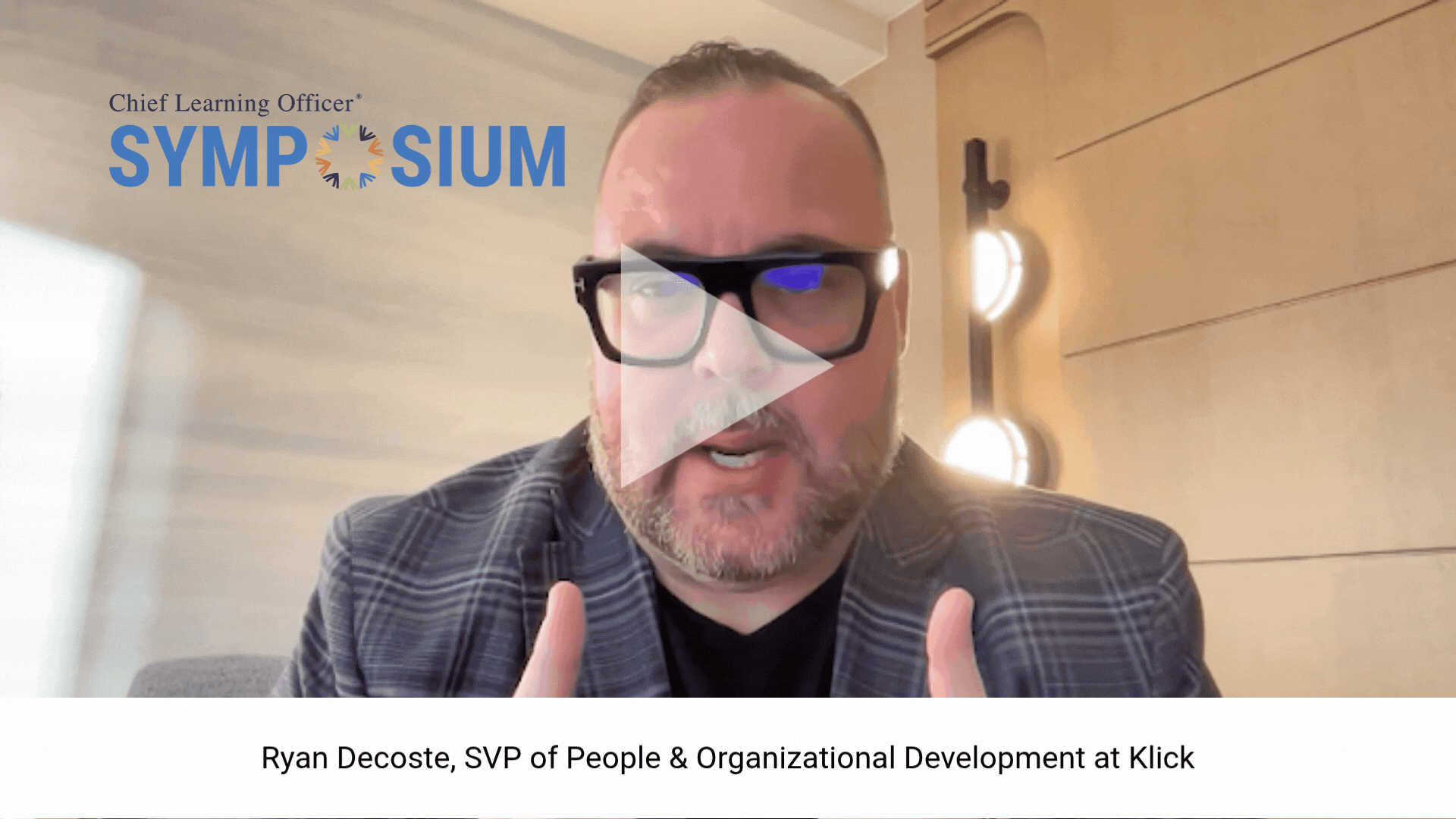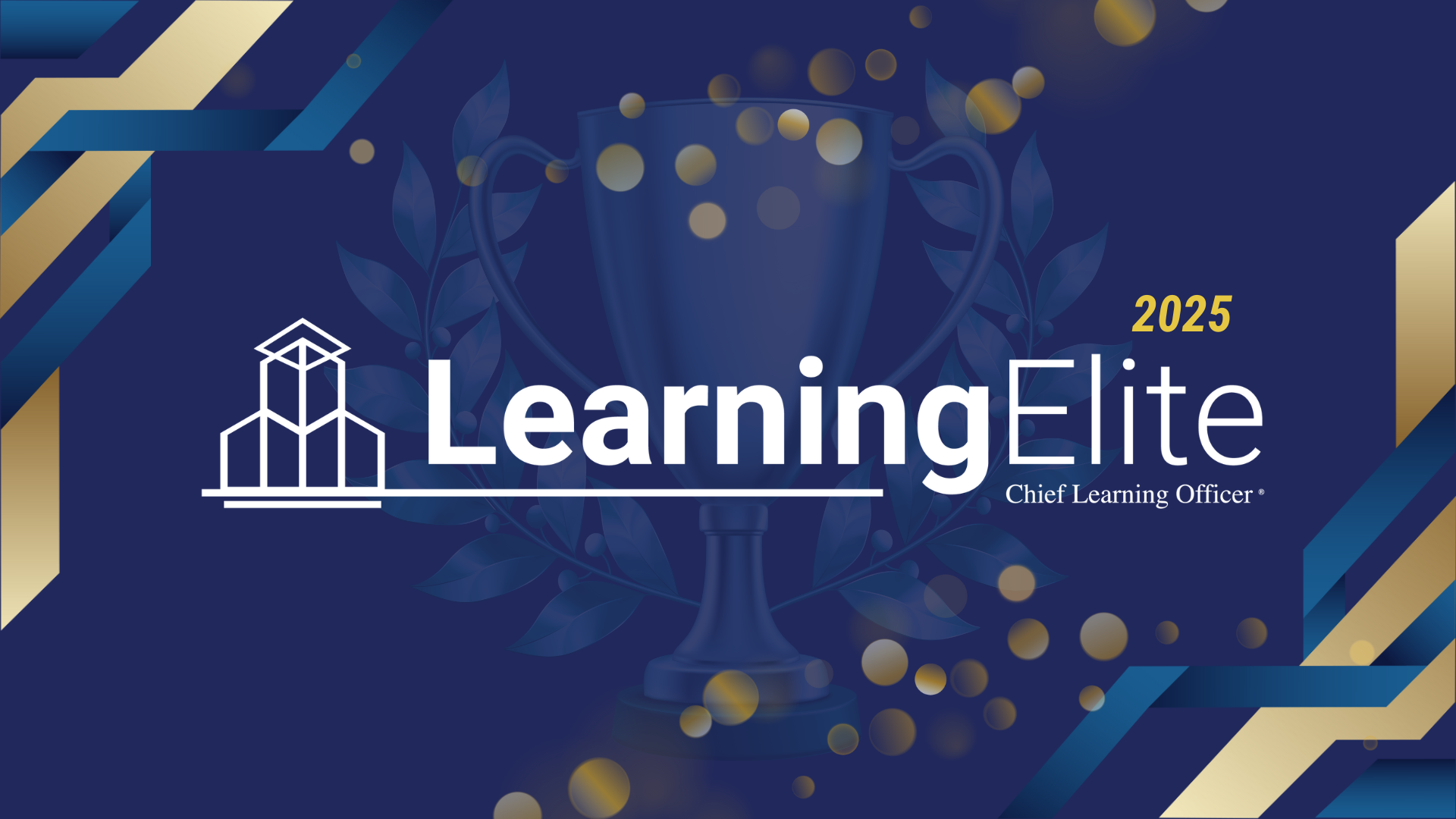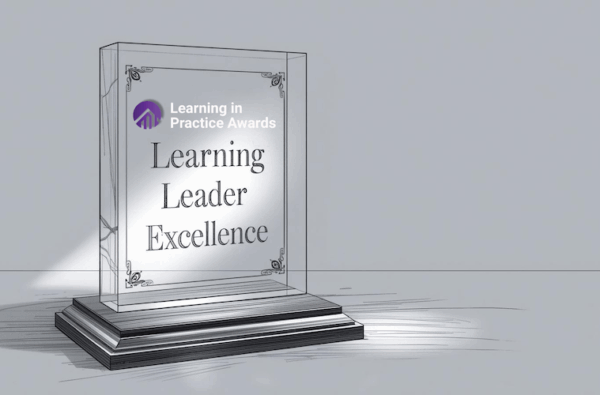Today’s learning objectives are…
The purpose of today’s instruction is…
After this session, you will be able to…
We’ve all sat through corporate learning or training sessions that start with one of these. But that’s not the best way to drive adult learning and development. Adults need autonomy to learn the things they need and want to learn regarding their own level of leadership skills and abilities. It’s unlikely that everyone will need to learn about the same thing. Experiential learning is the best way to customize each learner’s experience.
When it comes to learning, formal instruction only counts for 10 percent of learning, 20 percent comes from social interactions and the remaining 70 percent from on-the-job training and experience.
Experiential learning seeks to combine formal instruction, social interactions and on-the-job experience into the same learning activity—streamlining the learning process and allowing learners to customize how they want to practice their skills. This article will explore how I built experiential learning programs within West Shore Home, and how you can use the four key principles outlined below to build your own experiential learning activities.
West Shore Home is a home remodeling organization with over 400 total leaders and around 80 senior leaders. I’ve delivered experiential learning activities at West Shore Home for both front-line leaders and senior leaders. I’ve found that the key to delivering successful experiential learning activities can be broken down into four key principles. I’ll use my experience to highlight how each principle can be employed within your organization to build your own experiential learning activities.
Challenging
The key to creating an engaging learning environment is to ensure the task or activity is challenging for the participants to complete. You can do this with multiple different tactics. We ran a one-and-a-half-day team competition where nine teams of senior leaders were each responsible for developing a business plan and pitching their idea “Shark Tank”- style. This task was challenging, complex and required a great deal of business acumen.
You could also incorporate stress alongside simpler tasks. We had teams of front-line leaders build a duct tape stretcher, but we added many obstacles and curveballs during the exercise of building the stretcher. This turned a straightforward task into a more complex and demanding task for the people involved. You can alter the intensity and complexity of the task based on your audience.
A challenging task or activity will help to stimulate the learning process. The challenge creates a learning environment because it forces people to seek out new information, think critically about the situation, and make decisions in new or ambiguous situations, which is a close corollary to what leaders are expected to do every day. There are many ways to make it challenging, but matching the challenge to the level of your audience is key to designing an effective activity.
Community
Teams are a great way to create a community of peers, but they’re not the only way. (You can also create small table groups for quick discussions during the day, set up networking lunches, or after-hours events.) The goal of any event is always to learn, but bringing people together—especially those who don’t work in the same location—can be a powerful exercise for company culture. We’ve received feedback from many attendees that the networking and community aspect of the event is incredibly valuable for helping them forge better working relationships after the exercise.
Community is also powerful for L&D. It’s a safe space where everyone is struggling, failing and growing from their efforts. As mentioned in the opening, 20 percent of learning comes from social interaction. We saw many people leave with new tactical skills in Microsoft Excel, understanding financials, marketing and other areas just from interacting with their peers around the organization. Creating an environment for social interaction will help spark learning.
I recommend assigning each person to a team while trying to keep people spread out to force new connections. This method has proven to enhance the overall learning environment and build lasting connections that help the business grow closer to its goals. You can also use discussion groups throughout the day to create a network effect that enhances the learning environment.
Business connection
This principle is one you’ve heard constantly in adult learning: make it relevant. It’s incredibly important to ensure your activity can be directly connected to your organization and the work expected by your leaders. Building a connection can be done directly or indirectly. We’ve done it the direct way by assigning a task that was intended to solve real-world business problems. We’ve also done it the indirect way by assigning an abstract task and using the debrief to explain the activity and its connection to the business.
When going the indirect route, it’s best to ensure you can build in some repetition later in the day, which is why we tied our activity into a discussion that further built upon the connection and strengthened new ways of thinking about leadership. Ensuring you have a relevant exercise will help your learners stay focused and committed to completing the activity. This will also help your learners apply what they’ve learned after the event to drive business success.
Debrief
Debriefs help you ensure each learner can leave with their own takeaway. Here’s one way to do this: Start each session by asking everyone to take a true self-assessment and come up with a couple of skills or areas that they want to develop or improve. Then, ensure you have a detailed list of thought-provoking, follow-up questions that each learner can work through on their own; couple this debrief with standard monthly evaluations and drive engagement between learners, their managers and the business.
You can track the success of your efforts by surveying leaders and asking them what they wanted to learn, what they learned and how impactful the experience was for them. Tracking this immediately after the event and again 30 days post-event is a great way to measure how impactful your exercise is for the learners. Your learning experience should serve as a catalyst, with individual actions from attendees and their managers reinforcing the learning that was sparked at the experience. Following this methodology will allow you to build engaging experiential learning activities with the potential to create a culture of continual learning.
For the future
Our past two events using the methodology have received impressive feedback. Each time, attendees said it was the best leadership development event they’ve been to in any company. We’ve also seen our language and methodology being used across the organization as new leaders drive our company to new levels of revenue growth.
Experiential learning is a great way to combine each element of the 70/20/10 model into a singular learning exercise that acts as a learning incubator for ongoing development. The beauty of this method is customization. Each leader will leave with a takeaway directly related to their leadership challenges and growth areas. You can use the four principles above to craft your own experiential learning exercises!

















